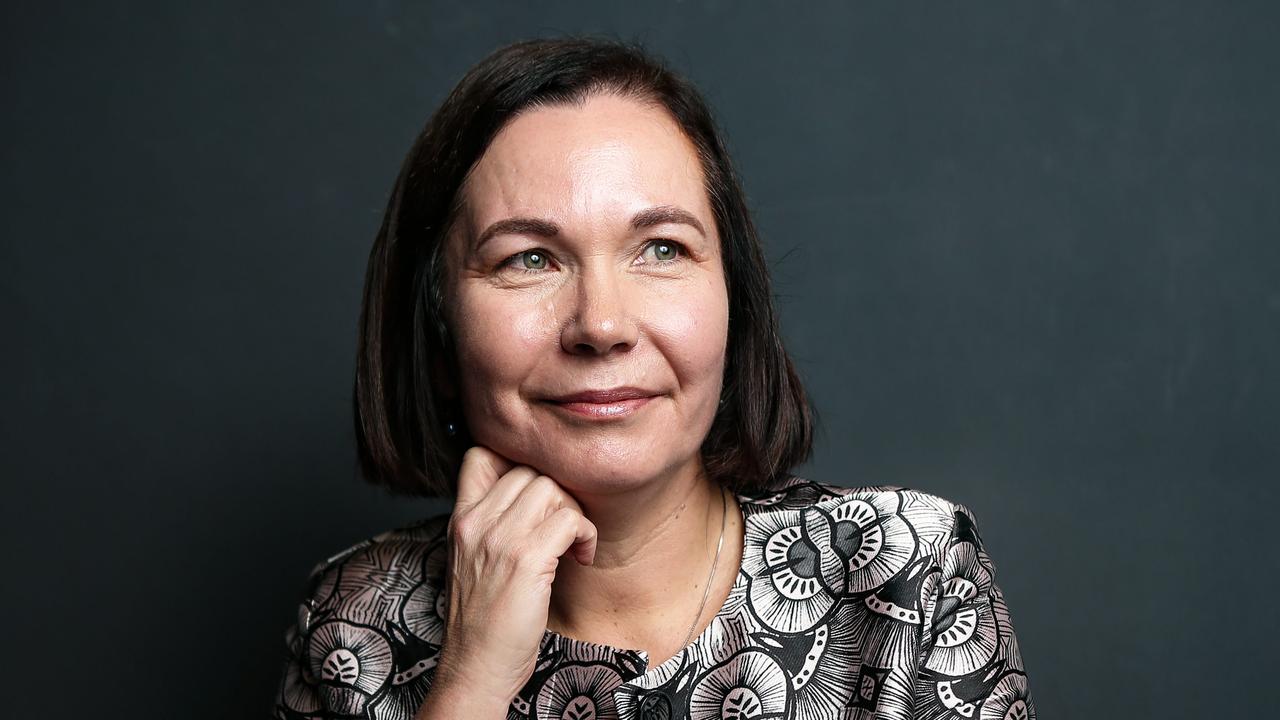New light on the hill leaves workers in the dark

An undeclared civil war is under way in Australia. It is not a north versus south contest. It is not east versus west. It is city versus country. Or, to be more accurate, it is pockets of a small number of inner-city areas versus rural and regional Australia.
So far it looks like being a one-sided affair; inner-city activists, judges and Left-leaning political parties are threatening to wipe the floor with regional Australia. And there’s a real chance it will get worse, especially under a Labor government.
The reasons are simple: The era of the blue-collar Labor Party is over.
I realise that is not a blindingly new insight. It’s a trend that has been coming for a while. During my time in the Senate, I had a conversation with a Labor colleague perhaps a decade or so ago. I said to him that his party was running out of blue-collar workers. He agreed with a grimace, adding that Labor would have to find new sources of support in the inner cities.
What is novel, however, is the growing realisation that the interests and policy preferences of these two voter cohorts are incompatible. Whether it is the Adani project, Labor’s reckless emissions reduction target or opposition to live sheep and cattle exports, the urban activists have got the regionally based blue-collar workers in their sights. Labor is being forced to choose between the two. And Labor is placing the preferences and prejudices of the inner-city Left well ahead of its traditional base. Labor’s blue-collar workers are just collateral damage.
Compare the electorates of the three most senior leaders in the Labor Party with the four electorates in central and northern Queensland most affected by the activists’ war on coal. It is these four electorates that will be most affected by Labor’s passive aggressive opposition to coal and the Adani project, and its decision to appease green activists with a reckless carbon emissions reduction target.
Take the Gladstone-based seat of Flynn, in which more than 45 per cent of workers are tradies, labourers or machinery operators, according to the 2016 census. In neighbouring Capricornia, which covers much of the Bowen Basin coal region, 43 per cent of workers hold blue-collar roles, compared with 40 per cent in the Mackay-based seat of Dawson. In Herbert, based around Townsville, almost a third of workers have blue-collar jobs. Only the latter seat, Herbert, is held by Labor.
Compare these seats to the urban new Labor. In the seats held by Labor frontbenchers Tanya Plibersek (Sydney) and Anthony Albanese (Grayndler), less than 15 per cent of those in work wear a blue collar. Even Bill Shorten’s seat of Maribyrnong has less than half the share of tradies, labourers and machine operators than the Queensland regional seats.
The residents of Labor’s inner-city seats are also doing much better than their country cousins. The average weekly family incomes in these Labor seats are well above the national average, and $750 to $800 a week higher than the regional Queensland seats. And these are secure incomes with a large share of publicly funded higher education and health sector jobs.
This is the key point. Labor is pandering to voters whose only stake in these issues is the social approval of their peers. It is supremely easy to be opposed to the Adani project when the blocking of the project isn’t going to cost you (or your son or daughter or nephew or niece) a job. It is easy to believe it is a “good thing” for the coal sector to disappear (along with 55,000 jobs) when the biggest thing you have to worry about is whether to order a single-origin cold drip or a Panama V/60 filter from your favourite barista in Marrickville.
You can imagine how the condescending suggestions of a “just transition” or a need to “re-skill” are going down in central and north Queensland. And if Labor gets its way on a 45 per cent emissions reduction target, you can add the Hunter Valley, central-western NSW, regional South Australia, Victoria’s Latrobe Valley and Tasmania to the hit list. That’s because the $470 billion hit to national GDP by 2030 from Labor’s target will be disproportionately felt in regional Australia.
One final point. Since the Wentworth by-election there has been no shortage of pundits talking about the lessons of that result for the rest of the country, especially on the issues of climate change and border protection. Here’s some free advice.
Wentworth isn’t middle Australia. Average family incomes in Wentworth are twice the national average, its indigenous population is one-seventh of the national average, its share of residents with bachelor’s degrees more than twice the national average, its share of blue-collar workers one-third the national average, and its most common occupations are lawyers and bankers. Anyone who thinks that the electorate of Wentworth represents the centre of gravity in the Australian political psyche is a nong.
Ron Boswell is a former Nationals senator and former leader of the Nationals in the Senate.



To join the conversation, please log in. Don't have an account? Register
Join the conversation, you are commenting as Logout